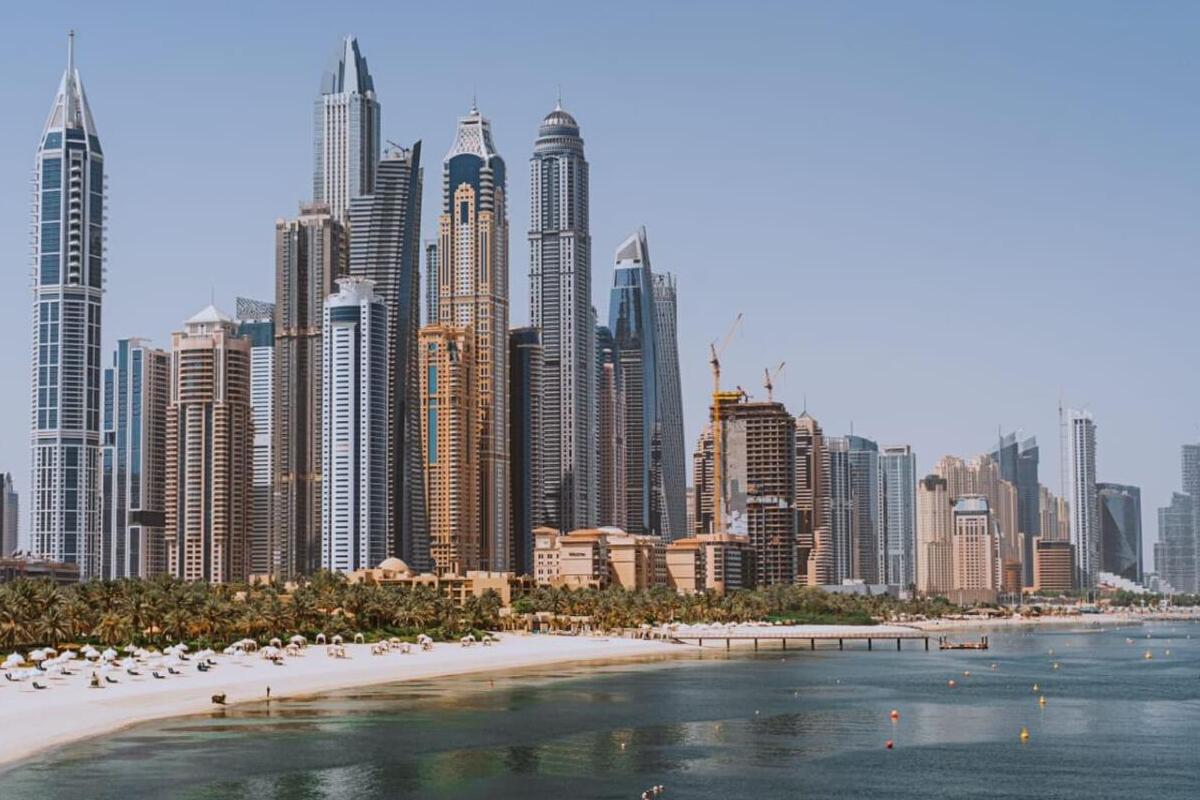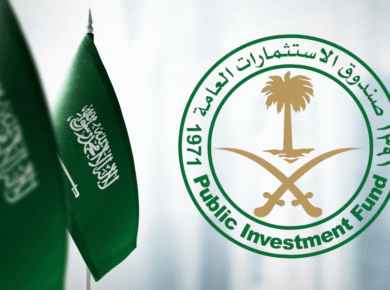Real estate prices for buildings located within a 10-15 minute walk from the Dubai Metro have surged by up to 77%.
Dubai, UAE – Real estate prices for buildings located within a 10-15 minute walk from the Dubai Metro have surged by up to 77%, according to a new report by Property Finder, a leading property portal in the UAE.
The report analyzed the prices of apartments located within walking distance of metro stations across Dubai, and found that properties near the metro are becoming increasingly attractive to buyers and renters.
In some areas, such as Dubai Marina and Jumeirah Lakes Towers, prices for properties near the metro have increased by up to 77% over the past five years, driven by factors such as convenience and accessibility.
Other areas, such as Business Bay and Downtown Dubai, have also seen significant price increases, with some properties near the metro now commanding a premium of up to 30% compared to similar properties located further away.
Dubai Metro is the most used public transport system in Dubai, UAE. It was launched in 2009 and since then has had over 500 million ridership trips. The Dubai metro includes two lines – Red Line and Green Line, both of which are connected to major hubs like the Emirates Towers and Dubai International Airport.
The Dubai Metro Red line runs from Rashidiya station to Jebel Ali Station. It has 29 stations and is considered the backbone of the transportation system in Dubai as it connects major points throughout the city. The Green line runs from Etisalat station to Al Jadaf Station with 20 stations.
The Dubai Metro is operated by RTA (Roads and Transport Authority). It is a world
“Proximity to the metro is increasingly becoming a key factor in property prices in Dubai, as more and more people look for convenient and sustainable ways to commute to work and get around the city,” said Lynnette Abad, Director of Research and Data at Property Finder.
Abad added that the trend is likely to continue as the city’s metro network expands and more stations are added in new areas. He noted that the government has been very supportive in creating an enabling environment for businesses to thrive in Dubai, which had helped create a “ripple effect” of growth for the real estate sector.
Dubai’s metro network currently consists of two lines, the Red Line and the Green Line, which serve a total of 49 stations across the city. The network is set to expand in the coming years, with plans for a new Purple Line and extensions to the existing lines.
The report by Property Finder also noted that the COVID-19 pandemic has had a significant impact on the real estate market in Dubai, with more people looking for larger apartments with outdoor spaces and home offices.
“The pandemic has changed the way people think about their homes and their priorities when it comes to choosing a property,” said Abad. “As a result, we have seen an increase in demand for larger apartments and those with outdoor spaces, as well as a shift towards more affordable areas.”
Despite the impact of the pandemic, Dubai’s real estate market has remained resilient, with prices and transaction volumes showing signs of recovery in recent months.
According to data from the Dubai Land Department, the total value of real estate transactions in Dubai in March 2021 reached AED 10.97 billion, the highest monthly total since 2017.
Experts predict that the market will continue to recover in the coming months, driven by factors such as the city’s economic growth and the continued expansion of its infrastructure and transport networks.
Overall, the surge in property prices near Dubai’s metro stations is a sign of the growing importance of accessibility and convenience in the city’s real estate market, and a reflection of the changing priorities of buyers and renters in the post-pandemic era.
As the city’s public transportation system evolves and expands, we can expect to see more investments in locations bordering metro stations and an increased demand for properties close to these locations. In the coming years, Dubai is likely to become even more reliant on its mass transit system as it continues its path towards becoming a smart city, leading to an even greater appreciation of properties in the vicinity of metro stations.
This trend will be especially beneficial for investors and local businesses, as these areas near the metro lines become increasingly desirable. With improved access to amenities and conveniences, there are likely to be an influx of new customers which can help boost profits and further increase property values.






lnlsg
cost of clomid without insurance how to get clomid pill clomiphene pregnancy how to buy clomiphene no prescription where can i get clomiphene without dr prescription clomiphene calculator clomid uses
June 7, 2025order cialis with prescription
Thanks on putting this up. It’s evidently done.
June 9, 2025can you drink alcohol with flagyl
I am actually happy to glitter at this blog posts which consists of tons of of use facts, thanks representing providing such data.
June 11, 2025j69ft
order zithromax pills – flagyl 200mg brand flagyl usa
June 13, 2025uskt1
buy rybelsus medication – rybelsus canada generic periactin 4mg
June 14, 2025